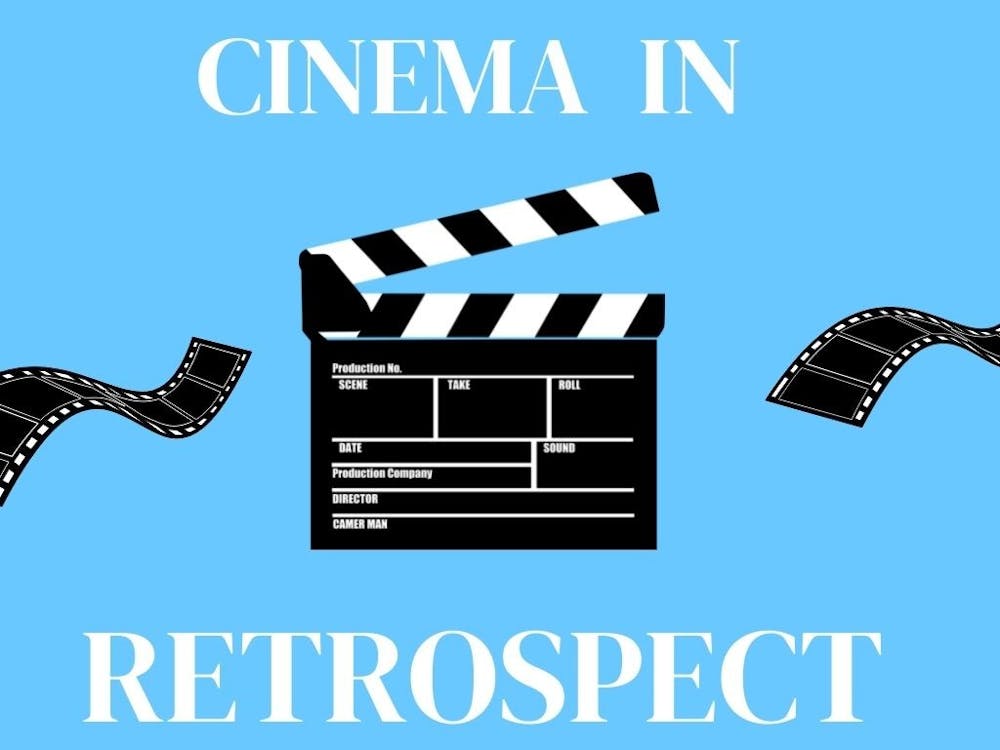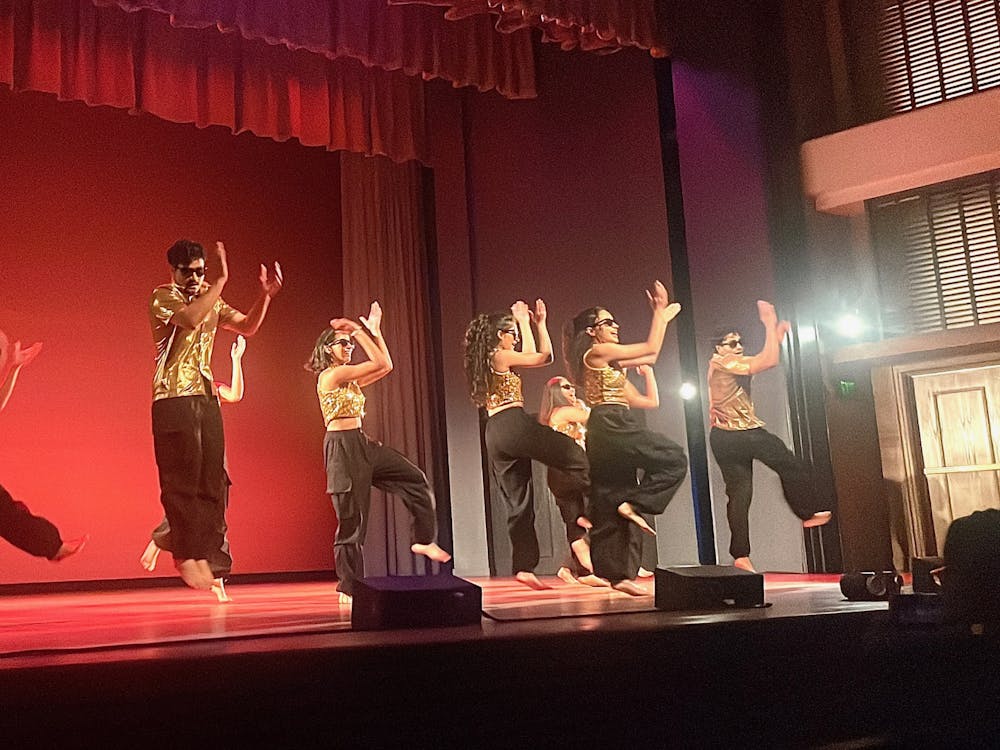Michaelangelo Antonioni’s “Red Desert” (1964, released in Italian as “Deserto Rosso”) opens with the image of a factory obscured. Obscured by the opening credits, the camera’s unfocused lens, but especially by the trails of smoke it ceaselessly spits out (oozing from every orifice it can find room for). Second to the image is the sound: an ethereal and floating voice that hangs over the world with the wit of a butterfly stopping to roost.
"Red Desert" follows Giuliana (played hauntingly by Monica Vitti), the wife of an Italian factory manager, as she navigates life in the barren industrial landscapes of Northern Italy. She is the mother of a young boy. At the start of the film she has just been released from the hospital after a month-long stay.
Perhaps “Red Desert” has a plot. In any case, the film eschews narrative space for a bounding, emotional one. It is not a work trying to tell a story, but to rattle open the core rot of our story. As it moves through time, it descends further and further into the dredges of human accomplishment (and the conjoined eruptions of human illness).
The world of “Red Desert” is that blackened, scarred world birthed at the age of the new machines. The film wades through toxic swamps and sheets of industrial fog. Paranoia takes the place of productivity. Loneliness paints the walls as often as green or red. This is a planet of isolation and unimaginable despondency.
The beating heart of the film is the unseen engine of science fiction. We are never told that this is our world, and yet we get the uneasy feeling that it somehow shouldn’t be (that it mustn’t be). How could this be ours when the clouds of factory waste gyrate with the gumption of living beings? How could this be Earth when there is so much sadness, so much paralyzing indecision? How could this be home if it is so alien to that thing called love? And yet it is.
This science fiction world that we’ve been telling stories about for so long is the same one we’ve been building ourselves into. The world of the evil future – of the murdering machines and the hissing walls and the plagues that spread through steel – is already here, clogging up the sea, putrefying the land and dragging everyone that passes by down with it.
The titular red desert is not a physical place, but the setting of a story told by Giuliana to her son. The story, an almost fable, tells of a young girl alone on a rose-colored beach. One day a large boat starts sailing towards the beach. When the girl swims out, she sees that it is unmanned. When she swims out, it turns away. And on land again she hears a song. But there is no one who could be singing it. The song grows (this is the same singing from the opening). It seems as though the singing is coming from everywhere; the ocean and the rocks; the rocks that now look like melted human flesh. The story ends.
From the quavering tone of her voice, we get the sense that Giuliana is talking about herself, that this red desert is her world (and therefore that it is ours). In the following scenes, the film takes on a new vitality. There is a shrill humming that dances from wall to wall and a pulse-like click that counts the echoes of the streets. More and more, we find ourselves feeling what it must be to live as Giuliana – as though the irradiated planet we’ve encased ourselves in has come alive, singing in creaks and whistles and seeping backwards into our psyches forever.
The film ends almost exactly as it began, with Giuliana and her son drifting around the outskirts of the factory. “Why is that smoke yellow?” he asks her.
“Because it’s poisonous,” she says.
“You mean if a little birdie flies there, it’ll die?”
“The little birdies know by now. They don’t fly there anymore.” And then they wander out of the frame. And all that’s left is this thing. Spewing a stained poison into the atmosphere.
Enjoy what you're reading?
Signup for our newsletter
Red Desert is streaming on Max.
Contact opinions writer Henry Skalbeck at henry.skalbeck@richmond.edu.
Support independent student media
You can make a tax-deductible donation by clicking the button below, which takes you to our secure PayPal account. The page is set up to receive contributions in whatever amount you designate. We look forward to using the money we raise to further our mission of providing honest and accurate information to students, faculty, staff, alumni and others in the general public.
Donate Now



